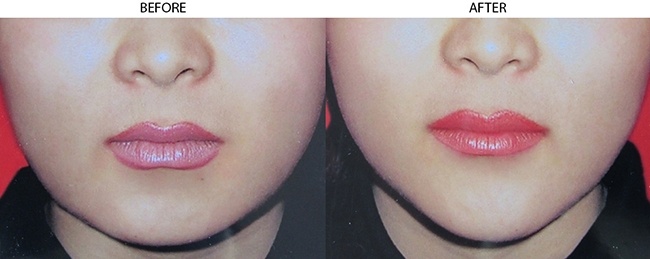Chin Augmentation
What is Chin Augmentation?
Chin augmentation, also known as genioplasty or chin reshaping surgery, is a procedure that aims to alter the shape, size, or projection of the chin.
The chin plays an important role in facial balance. A recessed chin may make the nose appear more prominent, while a very large chin can affect overall harmony between facial features. Chin augmentation can involve either:
- Enhancing a small or receding chin, often with an implant, or
- Reducing a prominent chin by reshaping the bone.
This procedure is cosmetic and elective, meaning it is performed for aesthetic purposes rather than for medical necessity.
Who Might Consider Chin Augmentation?
Chin augmentation may be considered by individuals who:
- Would like to change the appearance of their chin to create facial balance,
- Are in good overall health, and
- Have realistic expectations about the outcome.
Smoking, including passive smoking, can impair healing and increase the risk of scarring or complications. People considering surgery should avoid smoking before and after the procedure.
During your consultation, Dr Xu will:
- Examine your facial structure,
- Discuss your goals, and
- May use imaging or X-rays to help determine the most appropriate surgical approach.
How the Procedure is Performed
Chin augmentation can be performed under local or general anaesthesia, depending on the complexity of the procedure.
Surgical steps may include:
- Making a small incision either inside the mouth (under the lower lip) or under the chin.
- Enhancing the chin using an implant, which is secured with sutures or small screws.
- Alternatively, reshaping the chin bone by carefully cutting and repositioning it, then securing it with plates or screws.
- Closing the incision with sutures.
When performed inside the mouth, there is no visible external scar. If the incision is under the chin, the scar is usually small and placed in a discreet location.
Recovery After Chin Augmentation
- Swelling, bruising, and discomfort are common in the first few days following surgery.
- You may feel a tight or stretched sensation around the chin area during healing.
- Antibiotics and pain-relieving medication may be prescribed to prevent infection and manage discomfort.
- Most people can return to light activities and work within 7–10 days, depending on the extent of the surgery and their individual healing process.
- Final results are usually visible after 3–4 months, once swelling has fully resolved.
Possible Risks and Complications
As with any surgical procedure, chin augmentation carries risks. These may include:
- Infection
- Implant shifting or movement
- Scarring
- Temporary or permanent numbness in the chin or lower lip area
- Unsatisfactory results, which may require revision surgery
Dr Xu will discuss these potential complications and how they are managed as part of the pre-operative consent process.
Important Considerations Before Surgery
- Chin augmentation is an elective cosmetic procedure.
- Under Medical Board of Australia regulations, there is a mandatory 7-day cooling-off period for adults before the procedure can proceed.
- If you are under 18 years of age, a psychological evaluation is required before being considered for surgery.
- A face-to-face consultation with a qualified surgeon is required to determine suitability, discuss options, and explain potential risks and limitations.
- Results vary depending on factors such as individual anatomy, healing, and the surgical technique used. No specific outcome can be guaranteed.

